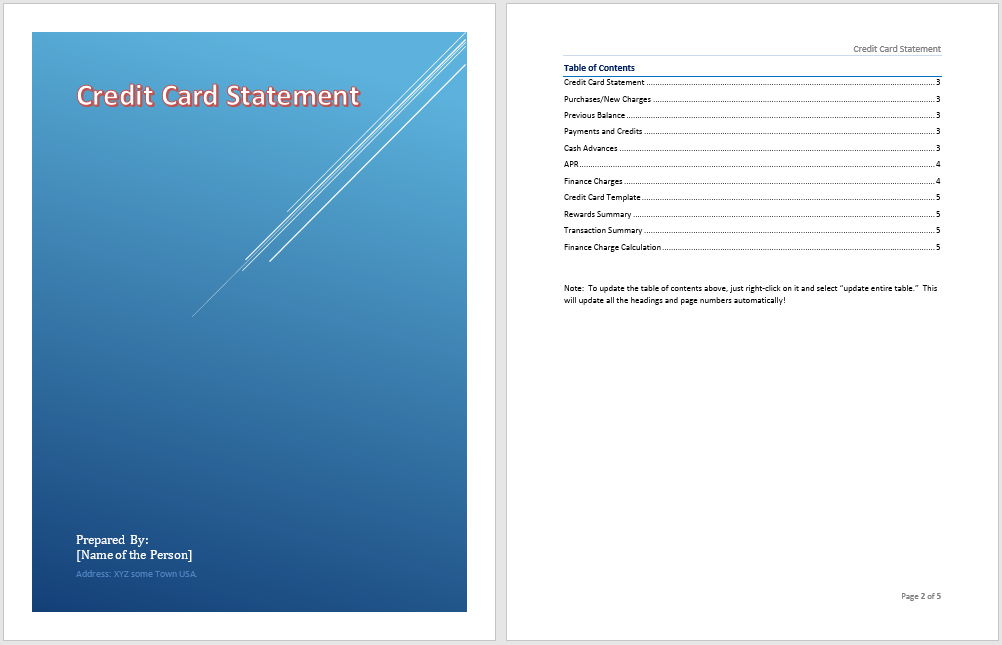With the modernization of business and banking techniques mankind was introduced to a new way of payment without carrying cash with them all the time instead the idea was that anyone could carry a card with a person’s business details attached to it, making him/her able to business, or go shopping with one less thing to worry about. With ease there come some technical difficulties, I would rather not say difficulties but rules and regulations for fair usage. And with credit cards come these credit card statements, well, gentlemen you must understand the basics of these statements.
So, if you’ve ever looked at any credit card statement, you know how difficult it can be to read it. Credit card statements are filled with strange terms, numbers, and percentages that are important in calculations of your total credit card balance. If you don’t want to end up with debt that you cannot handle you better understand these strange numbers and percentages.
Every credit card company has a different pattern of credit card statements but the terms expressed on these statements are generally similar to each other. Here we explain some of the terms that the statements have in common.
- APR (Annual Percentage Rate) is the annual interest rate you are charged by your bank on your unpaid debt. You may have different rates depending on the transactions, for example, you might have different rates for purchases and a different one for balance transfers. A little tip if your rates go up you should consult your bank or financial institution about it. And one more thing, keep shopping around for better APRs.
- Cash Advance Limit is the amount of unused credit available to you. Do not see this as a license to go on a rampage of spending. Remember that you need to pay for what you buy. It is always good practice to keep your purchases below 25 percent of your total credit limit.
- Cash Advance Limit is the amount of cash your financial institution is making available for withdrawal against your credit line, but do not view it as cash available to spend. The APR on cash advances is generally higher than on purchases so it is good to use it as an emergency way-out.
- The Finance Charge is the interest and the other charges assessed by the bank to finance your unpaid balance. This charge is linked to your APR. Make it a habit to pay the entire balance due every month, if not all of it but try to pay the maximum amount you are capable of paying because it minimizes the finance charge assessed on your outstanding balance.
- Minimum Amount Due is the smallest payment you can make to meet the terms of your card agreement.
- New Balance is the total amount you owe the bank, based on when the statement was issued.
- Past Due is the status of your account when the minimum payment is not received by its due date. It is not a good practice it may cause an increase in your APR and also a negative entry on your credit report.
- Periodic Rate is the interest rate for a particular subdivision of the year, a monthly periodic rate is 1/12th of your annual interest rate. It is always a good idea to keep an eye on your interests by calculating the monthly interest rates against your total monthly purchases.
- Post Date the date of purchase, cash advance, fund transfer, or payment is recorded by the card issuer. Always track your purchases and their posting dates against your purchase receipts to make sure they match up and do not become a victim of some potential fraud.
- Total Credit Limit/Line is the total amount of credit and the limit your card issuers have granted you.
Above explained are some of the simple yet important terms of the credit card statement along with some pieces of advice to help save you from the death trap of debts.
Here is a preview of a Free Sample Credit Card Statement Template created using MS Word,

Here is the download link for above shown Credit Card Statement Template,
